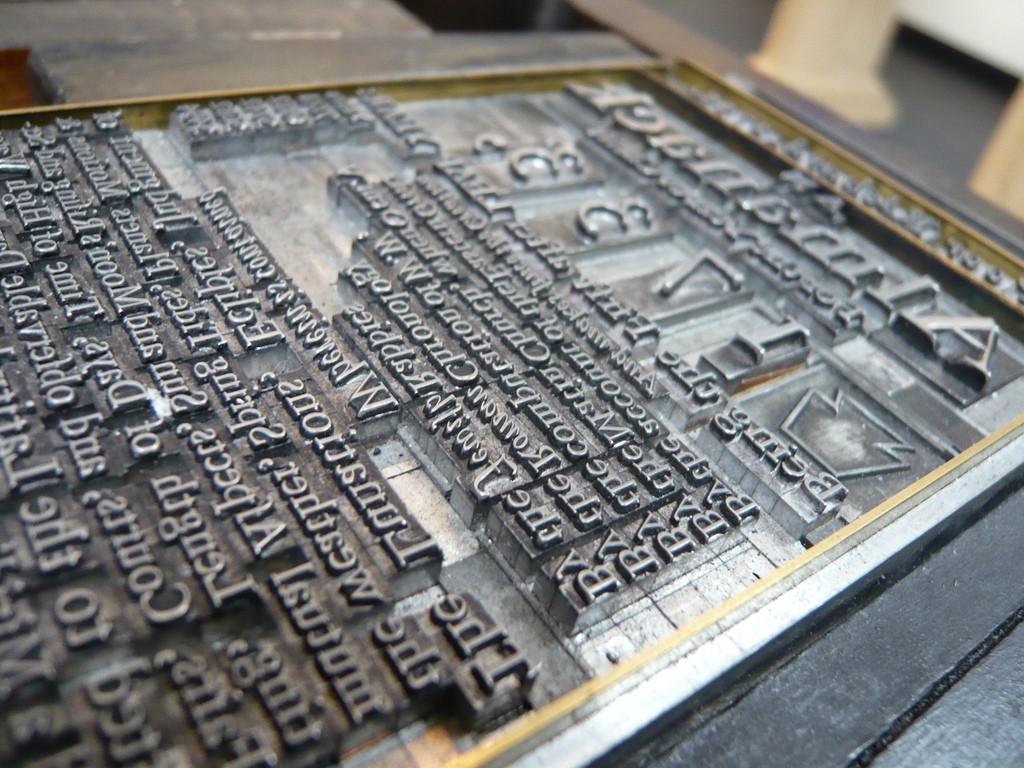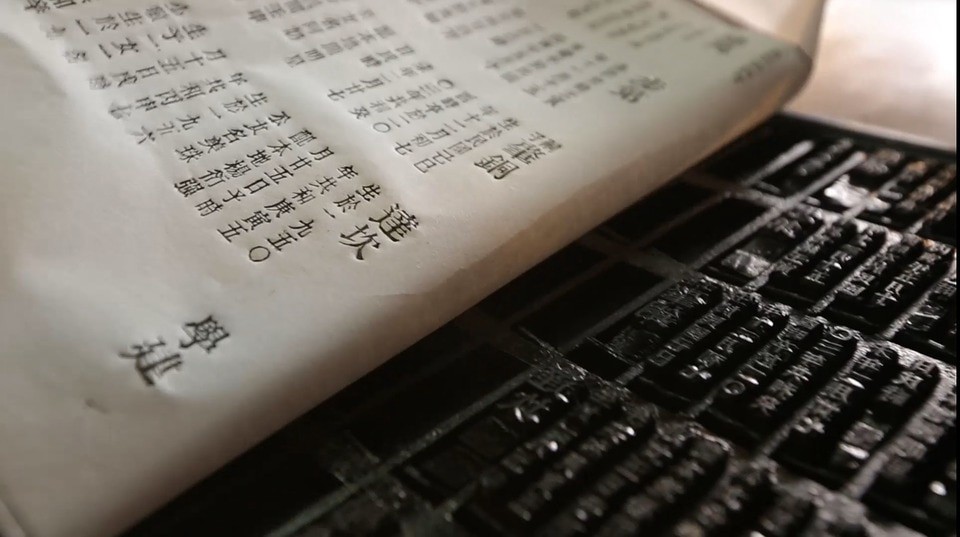Before printers existed, books had to be written by hand and had to be copied by hand to be mass produced. This is obviously takes a very long time and is very tedious. This all changed with the invention of the movable type.
 The original movable type. Image source: Flickr, purdman1
The original movable type. Image source: Flickr, purdman1
The first known movable type was accredited to Chinese inventor Bi Sheng in 990?1051 AD during the Song dynasty. Before Bi Sheng invented movable type printing, characters are engraved in one big block, which was very time consuming and costly.
 The characters to be printed in an entire scroll are engraves in one whole block. Image source: China Daily
The characters to be printed in an entire scroll are engraves in one whole block. Image source: China Daily
This means that each block can only be used for one book, which makes it quite inefficient and costly, compared to today?s printers. In addition, one wrong carving could mean having to start all over again. After the carving has been finished, ink would be applied to the entire block and paper will be pressed against it. It is essentially one huge stamp; imagine having one big stamp for one entire book page.
 Ink is applied to the entire block, and paper is pressed against it, resulting to a beautifully printed book. Image source: 1ink
Ink is applied to the entire block, and paper is pressed against it, resulting to a beautifully printed book. Image source: 1ink
Bi Sheng?s movable type changed how ancient China printed its documents, making printing more efficient and easier. Instead of carving an entire book into one huge block, characters are carved into small clay blocks. In this way, the blocks can be rearranged, and you can pick which characters you need instead of having to start carvings all over again. Each blocks are assembled and glued to an iron plate. After that, the process is similar to the old method, in which ink is applied over the blocks and paper is pressed against the blocks. Mistakes are a lot less expensive as you could simply just remove one block, or rearrange the blocks.
China?s traditional printing ? movable type printing technology. The video is Mandarin, but it is easy to see how the movable type works in this video. Video posted by Warson Printing.
Its efficiency is what lead to its successs in ancient China, then to the entire world, which eventually lead to today?s modern printers. Bi Sheng is arguably one of the most important person you never heard of in your life!
Meanwhile, in Europe in the year 1439, Johannes Gutenberg of Germany, developed European movable type printing technology called the Gutenberg Press. It is very similar to that of Bi Sheng?s, the only difference is obviously the characters in each block.
Printing on a Gutenberg Press. Video by Sabrina Huyett.
This invention started the printing business. Books are now a lot easier to reproduce. Gutenberg?s most famous work is the Gutenberg Bible (also known as the 42-line Bible) that is printed using his machine.
 The Gutenberg Bible, located in New York Public Library. Image source: Wikipedia.
The Gutenberg Bible, located in New York Public Library. Image source: Wikipedia.
Printing via movable type did not catch on as quickly in Asia as it did in Europe due to China and Japan?s vast number of characters, compared that of European alphabets. Nonetheles, this development had a huge impact on the world. It is easy to imagine what life would be like today without the invention of printing. Just imagine having to write your essays and reports by hand! In addition, before printing was invented, books were a lot more expensive as they had to be copied by hand. Books were essentially a luxury. Printing made books a lot cheaper and more uniform. As a student, I can imagine how much more expensive textbooks would be without printing! Even with modern printing, textbooks cost around at least $200, so that price would probably around the thousands or more if it wasn?t for printing. Printing have made books more accessible to everyone. Because of this, I can argue that printing not only revolutionized typography, but it also revolutionized education.


